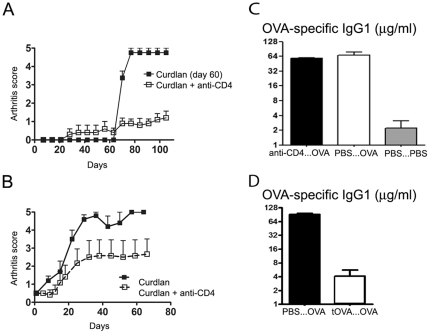Figure 5. Long-term protective effect of non-depleting anti-CD4 treatment does not affect immune competence.
(A) Female SKG mice were injected with 3 mg curdlan i.p. on day 0 and anti-CD4 on days 0, 2, and 4. Animals treated with anti-CD4 displayed long term protection from arthritis (n = 5, P<0.05). On day 60, anti-CD4 treated mice and age matched SKG were challenged with 3 mg curdlan i.p. Mice previously treated with anti-CD4 remained protected from the development of autoimmune arthritis (n = 5, P<0.05). (B) Female SKG mice were injected with 3 mg curdlan i.p. and, when the clinical score reached 0.5, some of the animals initiated treatment with three i.p. administrations of 1 mg anti-CD4 on alternate days. Control animals rapidly progressed to severe arthritis unlike the anti-CD4 treated mice (n = 6, P<0.05). (C) Mice were treated with non-depleting anti-CD4 30 days before immunization with OVA-alum i.p. (αCD4…OVA). One week following sensitization the serum levels of OVA-specific IgG1 were quantified, and compared with untreated (PBS…OVA) and non-immunized controls (PBS…PBS). Mice treated with anti-CD4 MAbs were competent to produce OVA-specific IgG1 to titres similar to untreated controls, and considerably higher than the non-immunized mice (n = 5, P<0.05). (D) OVA-specific IgG1 in mice where OVA was initially administered at the time of anti-CD4 treatment (tOVA…OVA), compared with animals that were not initially treated with anti-CD4 (PBS…OVA). Mice treated with anti-CD4 at the time of sensitization with OVA, became tolerant to the subsequent OVA immunization (n = 6, P<0.05).

